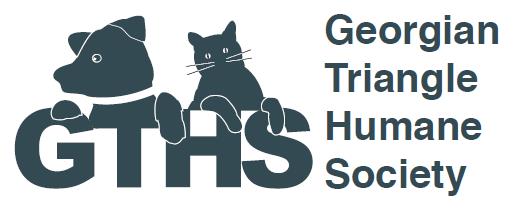Animals may have not liked the idea of seeing their owners leave in a hurry for work in the morning. However, things have drastically changed since the start of the COVID-19 pandemic in early 2020.
Our furry animals that may have watched us from our house windows leave for work are now snuggled underneath our desks and tables while we work from the comfort of home. They may have even made a few unexpected appearances in your Zoom meeting calls.
People have been adopting animals all around the world since the start of the pandemic, which has been wonderful to see! However, some of these animals may have not been left alone for long periods of time or not at all. This has raised a lot of questions and concerns for guardians and how can they support their pets in a post COVID world.
What’s the good news? Animals are quite adaptable! However, if you are around your pet nearly 24/7 and suddenly gone for most of the day during the week, that is a significant change for your pet. Such a change needs to be gradually introduced so your pet can feel comfortable and have the time to settle into their new routine.
Dogs and cats flourish with routine and enjoy having mealtime, playtime, and even walks occurring around the same time each day. They like to know what is going to happen next, and it’s something they look forward to. With a drastic change in their routine, it can be upsetting to them, and with us being their guardians we need to ensure we are making this transition slowly.
As health restrictions are being slowly lifted across Ontario, it’s important to start your planning now and having a plan in place on how you are going to gradually introduce your pet into their new routine. The best way to begin this process is to figure out a routine that will be similar to when you return to work.
Below are some helpful tips to help transition your pet into a post COVID world.
- Expose your animal more to being left alone. For example, maybe you take your dog with you to run some errands. Instead, think about leaving them at home.
- If your pet has never been left alone, you will have to take things very slowly. It may be that you step outside for a quick walk around your neighbourhood without your dog.
- Each day, slowly add more time that your dog is being left alone.
- You may have been playing with your dog or cat more frequently because you are home more. Start to play with them during times you would normally if you were working such as, early in the morning or later in the evening.
- For cats, it’s a great idea to provide lots of mental stimulation. This can be done by getting interactive toys that your cat can play with when you are gone. An automatic laser pointer or a treat-dispensing toy is some great toy ideas.
- Providing dogs with interactive games as well will be great at keeping them busy when you are gone but will also help them mentally. Some great ideas for mental stimulating games for your dogs are puzzle games, treat-dispensing toys, Kong’s and lick mats.
- Hiring a dog walker to come to help break up the day.
- Allowing your dog to participate in doggy daycare where they can be around other dogs and be provided with a chance to socialize when you are gone and burn some energy.
- If you are unsure of how your animal is when you begin to transition them to a new routine getting a camera to see how your dog reacts to you leaving.
The above steps will help support your animal before you go back to work. However, it is important to understand and look out for signs of stress and anxiety. Some common signs of stress and anxiety are:
- Pacing
- Refusing food
- Drooling
- Excessive barking
- Destruction
- Improper urination/defecation
If you think that your animal is experiencing any of the above signs of anxiety it is important to seek help from a professional that has the credentials and experience working with these behaviours.
Remember that during the last couple of years it’s been quite the challenge for many people and our animals have been there to support us. Now it’s our jobs as guardians to help support our animals by setting them up for success in a world after the pandemic.
 Meet Erika Ehrenreich, the Behaviour Specialist with the GTHS
Meet Erika Ehrenreich, the Behaviour Specialist with the GTHS
As the Behaviour Specialist with the GTHS, Erika’s roles include assessing dogs that enter our facility and ensuring that they are set up for success before adoption. She is part of the GTHS dog school where she teachings Adult Basic Obedience and Puppy Playgroup. Erika also specializes in behaviour modification where she supports clients by implementing humane approaches to help change their dogs’ behaviours.
Erika’s love for animals started at a young age, where you could often find her riding her bike around town with a pack of neighbourhood dogs in tow or just at home with her abundance of animals.
She is a Certified Dog Trainer-Knowledge Assessed (CPDT-KA) and has served in various animal care positions. Her most recent work was also in a shelter environment where she focused on canine and feline training using positive reinforcement. Erika has experience training a variety of dogs, with her primary focus and expertise on those that display behaviour issues. Erika is a Fear-Free Shelter graduate and a strong advocate for the humane care and protection of all animals.


